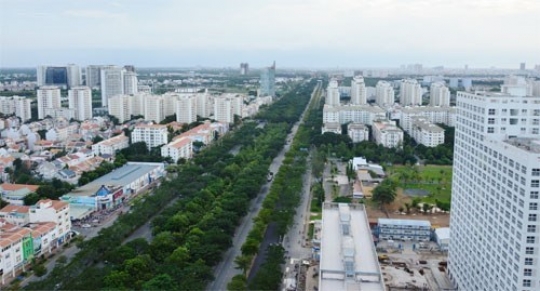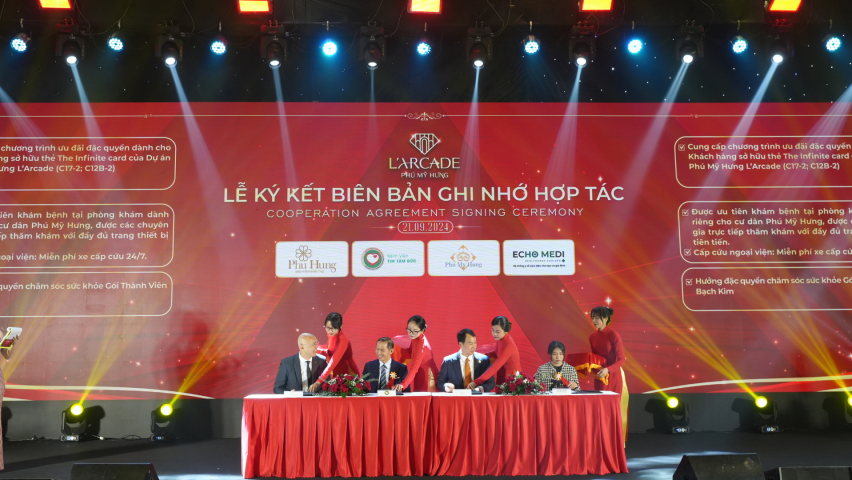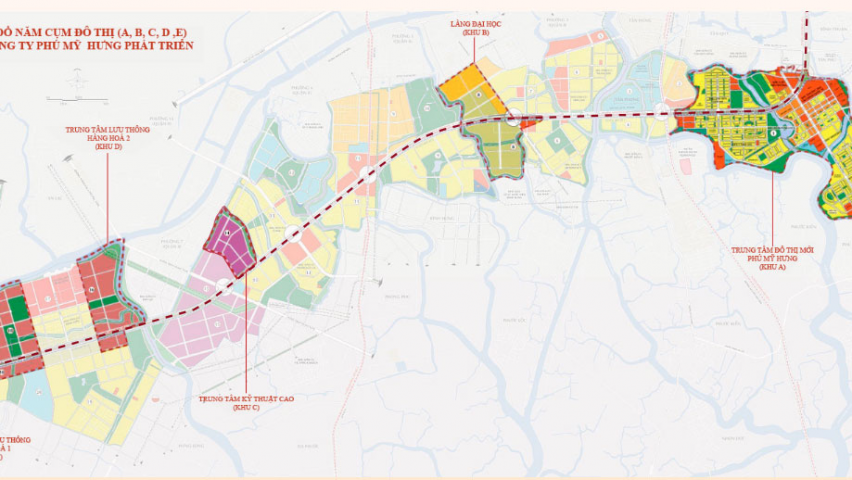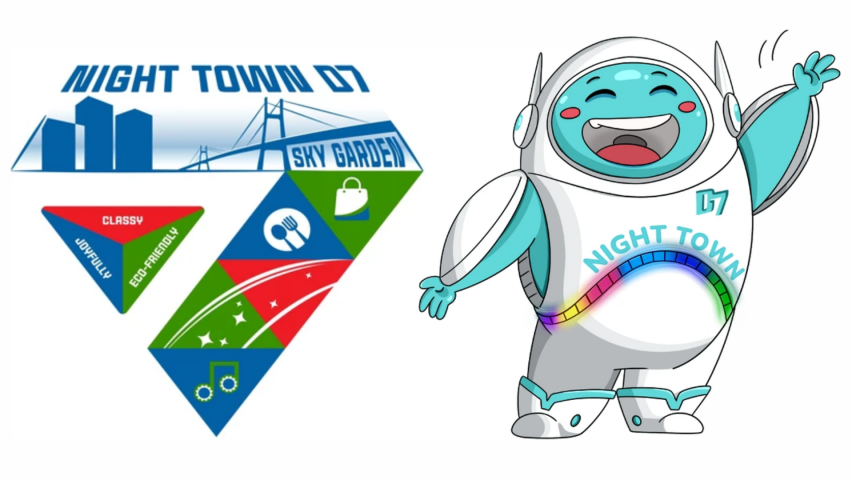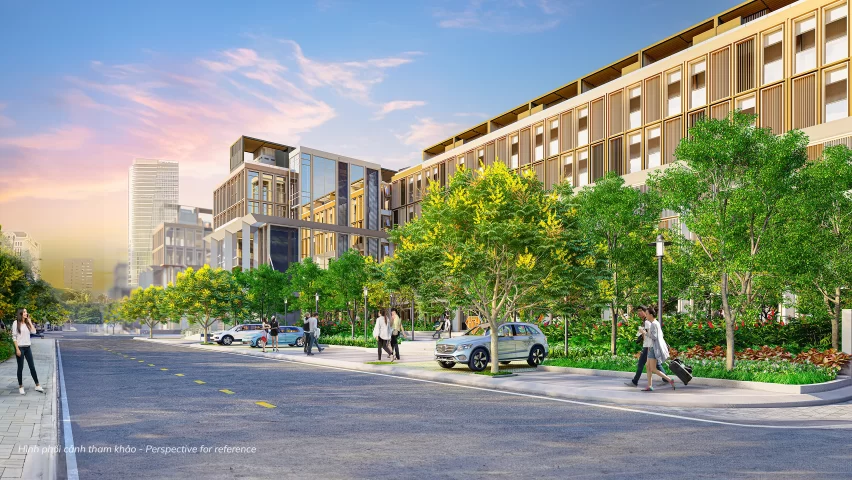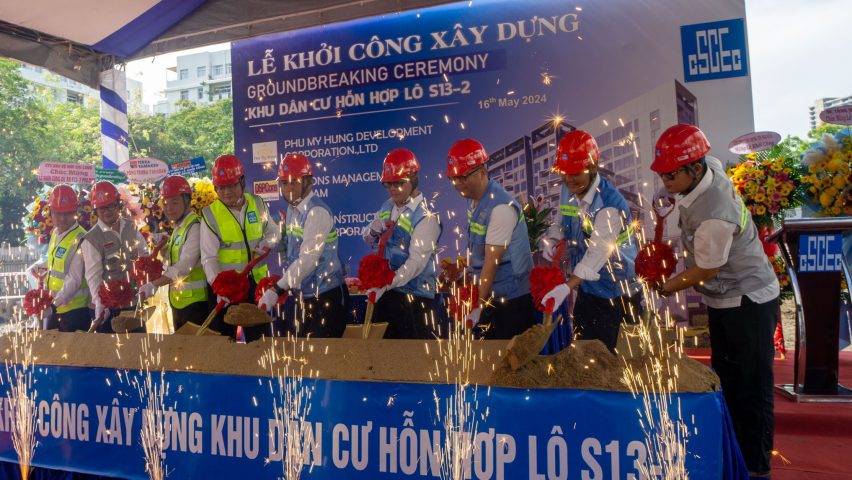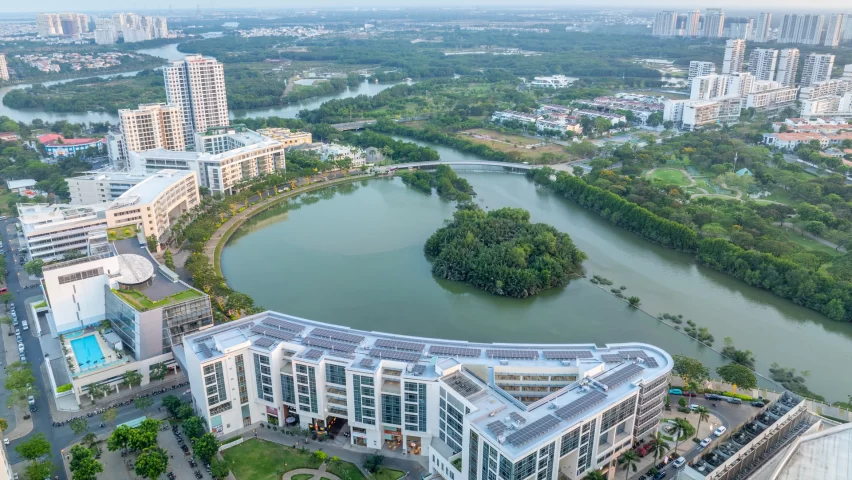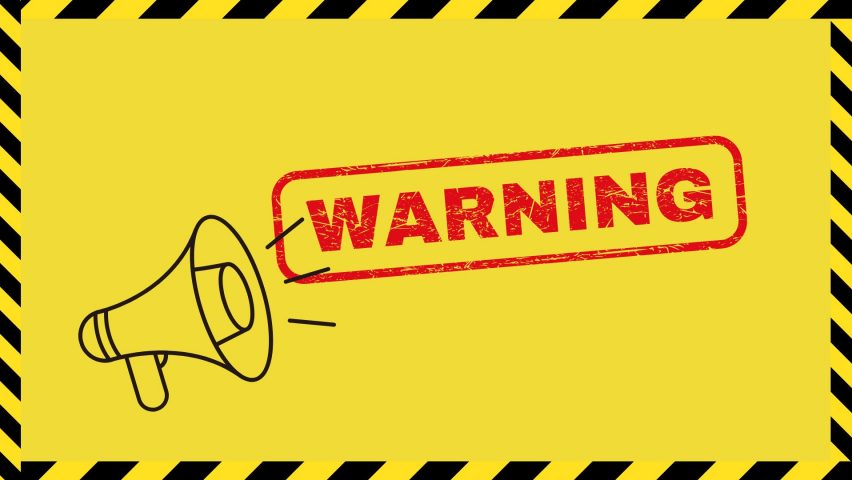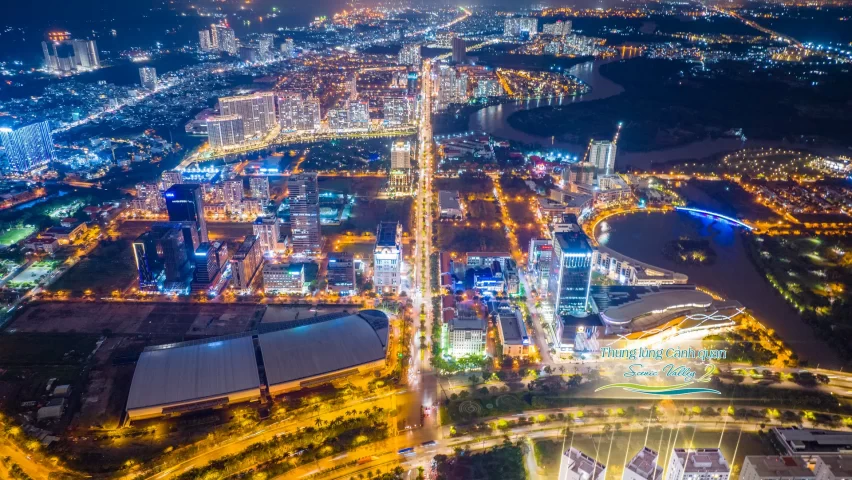Fourth instalment – Confidence and insights
For any investor, the ultimate goal is making profits. Central Trading & Development (CT&D) Group is not an exception.
They believed in the government’s consistent Doi Moi (economic reform) policy, even though the policy had been launched just five years before they came to the country, and the business community was still haunted by destructive anti-business “trade and industry renovation” campaigns that had been carried out 20 years before.
Their confidence helped them overcome structural problems in doing business in Vietnam, which was struggling hard in a trial-and-error phase to transform itself from a planned economy to a market economy, faced with insurmountable hurdles stemmed from a stagnate and inconsistent bureaucracy.
Those businesspeople, hailing from a territory with a strong foundation of economic freedom, could see the market was still too small in Vietnam. But they could also see that it was an increasingly growing market – a trend that was irreversible. They didn’t gamble on their investment, since their confidence and insights were well-founded.
Their confidence and insight showed in the way CT&D invested in Phu My Hung. It spent US$2.5 million on organizing a contest participated by many talented architects worldwide to come up with a blueprint master plan for the entire South Saigon Urban Area. That was a significant amount that contributed to the future expansion of the city.
The company’s US$100 million investment in developing Nguyen Van Linh Street is also quite unique. The 17.8 km-long, 120m-wide, 10-lane road certainly serves the development of Phu My Hung urban area, but it also plays an important role in the economic and social development for a greater area than just Ho Chi Minh City.
As it is a toll road, the revenue is used first to maintain Nguyen Van Linh St. and 10 bridges along it. If it is not sufficient, the developer has to find other funds to make up. However, if there is excessive revenue after road maintenance, the excess will be split 70-30 between the city and the joint venture, respectively. The joint venture is responsible for transferring the road “in good condition” to the city after 30 years of use. In other words, the public can use the largest-to-date road that did not cost the city a cent to build.
The joint venture is also in charge of developing the infrastructure on 150 hectares of land, which will be used by the city to build public facilities. So far, it has transferred 110 hectares in Zone A to the city. The reason it can’t fulfil its responsibility is simple – the Vietnamese side has not been able to give it the rest 40 hectares of land in other zones.
CT&D undertook such a costly and risky investment so that the company and its Vietnamese partner could clear hurdles in their business and aim for sustainable and long-term benefits. The company joint hands with the city in resolving difficulties so that it would reap the same benefits as its partner and the local people would receive.
The company leaders would not have made such decision without a confidence in the success of Doi Moi in Vietnam. When they first started, it was rumoured that the Vietnamese regime was “feeding the animal before slaughtering,” implying that Phu My Hung would be nationalized once it grew big enough. The company leaders, however, were smart enough to see through the situation.
And their success has surpassed all expectations. In 2014, Phu My Hung Development Company paid the city VND1.292 trillion in taxes, making it one of the five biggest tax payer in HCMC.
Since it was founded, the company has paid the city VND7.071 trillion in taxes, besides VND5.827 trillion in land use fees, not to mention the share of profits given to the Vietnamese side of the joint venture.
But what is more important is the effects of Phu My Hung in boosting growth of the local economy. In District 7, where the new urban area is developed, tax revenues in 2013 reached VND4.281 trillion, posting an increase of 68 times compared to when it was established in 1997. Most of the tax revenues came from other businesses in the district. It’ hard to argue against the important roles that Phu My Hung and Nguyen Van Linh Avenue have played in supporting business development in Districts 7, 8, Nha Be and Binh Chanh.


